Advertisement
Be aware of the summer health hazard right under your feet
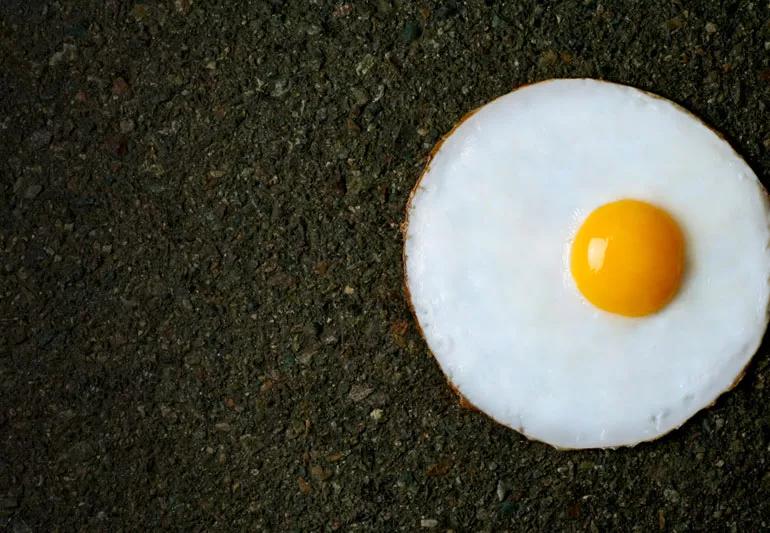
It might be a myth that you can fry an egg on a hot sidewalk, but it’s a fact that you can burn your skin on one.
Advertisement
Cleveland Clinic is a non-profit academic medical center. Advertising on our site helps support our mission. We do not endorse non-Cleveland Clinic products or services. Policy
Pavement, especially asphalt, absorbs a lot of heat. On a sunny summer day, the ground can get hotter than the surrounding air — and hot enough to cause skin to burn.
A recent study found that this is especially true in areas of direct sunlight when the air temperature exceeds 95 degrees Fahrenheit.
A little knowledge and preparation can go a long way in preventing thermal burns during the summer. Make sure you’re always wearing adequate footwear when you go outside — even if you’re just walking down the driveway to get the mail.
And be aware of additional dangers that hot pavement poses to certain groups of people.
Seniors, especially those who have neurological conditions, are prone to falls. And falling becomes even more dangerous when it happens on a hot driveway, sidewalk or parking lot.
“A lot of patients need assistance to get up, or it takes a while for them to get up,” says Shaina Meyer, an occupational therapist at Cleveland Clinic’s Lou Ruvo Center for Brain Health.
“On hot pavement, even if it takes a minute to get up, they could be at risk for burns.”
Meyer recommends that anyone with a history of falls keep a towel or blanket in their car that could be rolled underneath them to protect their skin if they fall and are unable to get up. She also recommends a car cane, which locks into the latch of a car door so that someone who needs assistance getting in or out of the vehicle doesn’t have to touch the hot exterior of the car for support.
Hot pavement can also be dangerous for people who have neuropathy, says emergency medicine physician Baruch Fertel, MD. If they experience decreased sensation in their feet, they might not realize if they are stepping on a surface that’s reached an unsafe temperature. Anyone with this condition should always wear well-fitted shoes with supportive bottoms on hot and sunny days.
Advertisement
The U.S. Consumer Product Safety Commission has warned that children can get thermal burns from playground equipment. And it’s not just those metal slides that can heat up to dangerous temperatures — plastic and rubber equipment can burn a child’s skin, too.
Dr. Fertel recommends doing a touch test of playground equipment to make sure it’s not too hot before letting kids play on it.
Running around barefoot at the pool or beach can also be harmful to kids’ little feet, so make sure they have appropriate footwear for these occasions.
Take extra caution with very young children. They may not yet have well-developed withdrawal reflexes or may not be able to remove themselves from a hot surface if they are placed on one accidentally or unknowingly.
If you or someone else gets burned from a hot surface, the first step is to remove yourself or the person from the heat source. Then cool the burn as quickly as possible by applying cool compresses or putting it under cool running water for a few minutes. (Ice or very cold water is not recommended.)
Second- and third-degree burns need professional medical care, Dr. Fertel says. These are burns that affect more than just the outer layer of the skin. Head to the emergency department if you see:
If the burn is smaller than the palm of your hand and does not have any of the above characteristics, you may be able to treat it at home with the following steps:
Advertisement
Learn more about our editorial process.
Advertisement
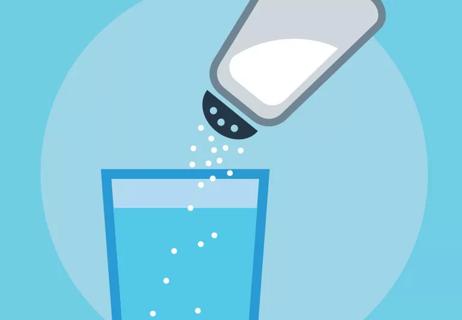
Ice, saline rinses, OTC pain meds and honey can all help soothe a troubled taster
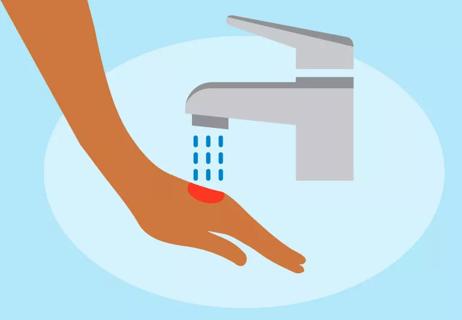
Ice (and icy water) can actually make a burn worse, not better
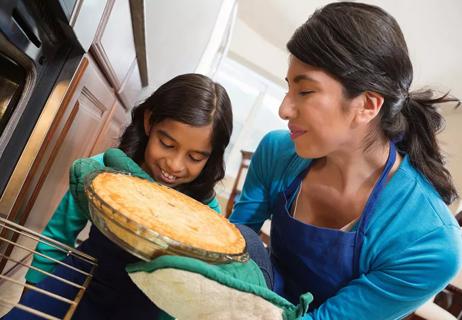
Keeping you + your family safe

Breathing through your nose is far better for you, but depending on your anatomy, that may not always be possible

Stay safe while celebrating by using legal fireworks, keeping a safe distance and disposing of them properly

Enteroviruses are often to blame for summer colds, leading to a runny nose, sore throat and digestive symptoms

The tickling response may be more about protection than enjoyment

Stress and unhealthy habits can lead to more colds, but taking some precautions may help you stay well

Focus on your body’s metabolic set point by eating healthy foods, making exercise a part of your routine and reducing stress
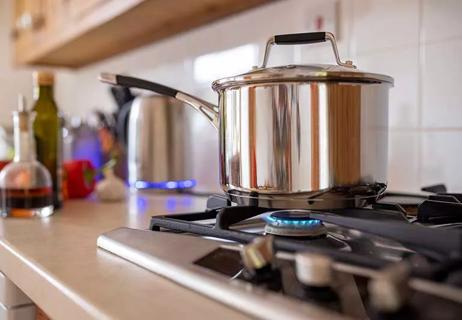
PFAS chemicals may make life easier — but they aren’t always so easy on the human body
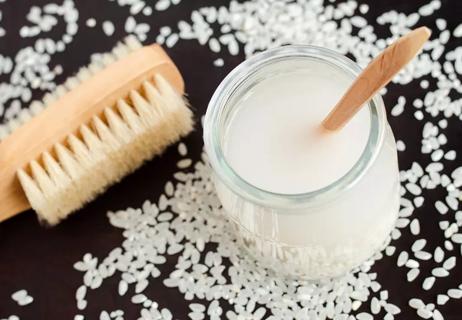
While there’s little risk in trying this hair care treatment, there isn’t much science to back up the claims